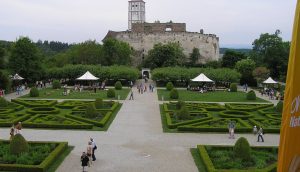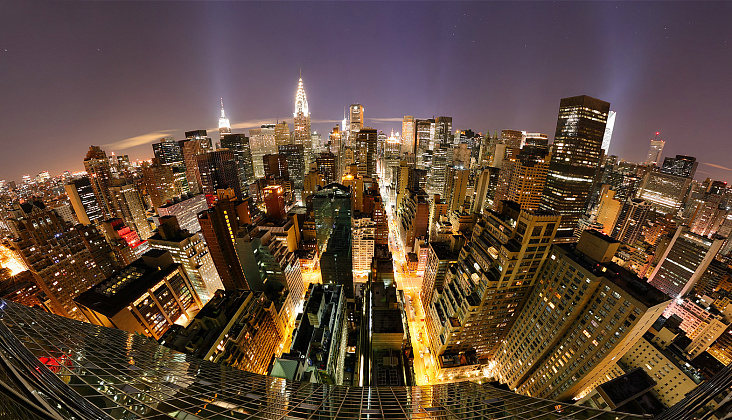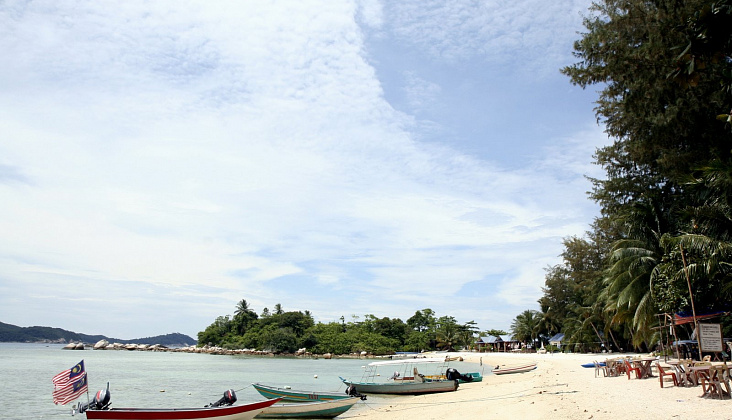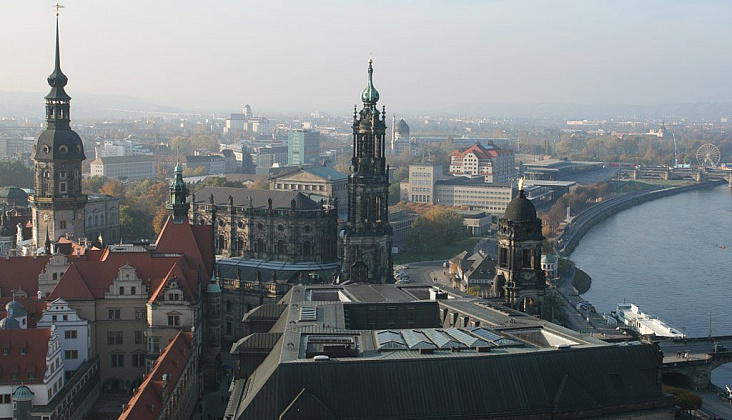The Republic of Austria is a state in the center of Europe
 SHOPPING
SHOPPING
Typically, shops are open from 8:00 to 18:30, and some of them can be closed at lunch time for 1-2 hours. On Saturdays, shops are usually open until lunchtime, on Sundays and during national holidays they are closed. At resorts and tourist centers, shops can work until 21:00, and station buildings – until 23: 00. Tobacco products are sold only in special licensed kiosks or in vending machines.
When shopping for an amount over 75 EUR, you can return the VAT (about 13%). Tax refund is made at the airport in the presence of a check. VAT refund is carried out either in cash directly at customs, or in the form of a check or bank transfer.
WHERE TO STAY
Certification for stardom is not mandatory in Austria. City hotels in general, they are at the same level as the average in Europe. Nevertheless, even in 5 * hotels in Venn there are sometimes unpleasant surprises: small rooms, inconsistency of the view from the window of the hotel’s prestige. Hotels of the same category can vary considerably in level. Therefore, operators usually sell a limited number of proven options.
At the ski resorts are a variety of hotels for every taste and every category, even the chalet. Pensions are common – two- or three-storey houses for 6-10 rooms (the most economical option), “four” of a good level, but not all with swimming pools. Meals are almost always breakfast.
Apartments in Austria – the phenomenon of infrequent, but their level is very good.
Hotels on the lakes are mostly 4 * and 3 * (there are few “fives”) and do not always correspond to their category. There are cheap private pensions. Dear “fours” usually have their own beach, and guests of cheap guesthouses have to go to the municipal. Meals in hotels are usually half board: breakfast – buffet, dinner à la carte. In private pensions – only breakfast. The quality of the buffet depends on the level of the hotel or guest house: the higher it is, the closer the buffet will be to the concept of a buffet. In general, it is not necessary to rely on the “VIP-service” on the lakes – the rest there is more rural than beach.
SEA AND BEACHES
There are no beaches in the usual sense on the lakes. Most often these are soft grassy lawns with an entrance to the water along wooden piers.
If the hotel has its own beach, then most often sun beds and umbrellas are provided free of charge; if the beach is municipal, then it will cost about 5 EUR.
STORY
The first historically attested inhabitants of the territory of modern Austria were Illyrians. At the beginning of the IV. BC e. Celts, who in the II c. BC e. they formed here an early state formation, called the kingdom of Norik with its center in modern Klagenfurt. In 16 BC. e. the kingdom became part of the Roman Empire, but for some time the Celts maintained a high degree of independence under the rule of their own princes. Only about 40 AD e. under Emperor Claudius, in the place of the Celtic state, the Roman province of Norik was formed. The lands to the west of the Inn River became part of the province of Rezia (15 BC), and the territory east of present-day Vienna fell to the province of Pannonia (9 BC).
During the period of Roman rule, a system of fortifications (Limes) and roads was built along the Danube; cities (Vindobona (Vienna) in Pannonia, Virun (Klagenfurt) and Yuvavum (Salzburg) in Norik, Briganz (Bregenz) in Retsii) grew quickly. The local population gradually romanized, residents of the inner parts of the empire moved to the cities.
After the fall of the Western Roman Empire in 476, the kingdom of Rugia formed on the territory of Norik, which, however, in 488 was annexed to the state of Odoacer. The population of the former provinces, nevertheless, continued to preserve Roman culture and speak the dialects of the Latin language (to this day the Romansh language was preserved in the mountainous regions of Switzerland and Tyrol).
In 493, Odoacer was defeated by the Ostgoths, and most of the territories of Norik and Rezii became part of the Ostrogothic power. To the north of the Danube from 508 the Lombards settled, who in the middle of the 6th century subjugated Italy and the south of the Austrian lands. Bavars from the west and Slavs from the east moved to the vacated territories. The company became part of the Duchy of Bavaria, and Slavs settled in the territory from the Vienna Woods to the Julian Alps, subordinated to the Avar Khaganate with the center in Pannonia. The border between the Bavarian and Slavic-Avar lands lay along the Enns River.
Since the end of the 6th century, the struggle between the Duchy of Bavaria and the Avarian Khaganate on the territory of modern Austria began Wars went on with varying success. The Romanized population was ousted from the eastern regions and survived only in the Salzburg region. In 623, the Slavic population of the Kaganate raised a rebellion and formed the independent state of Self.




